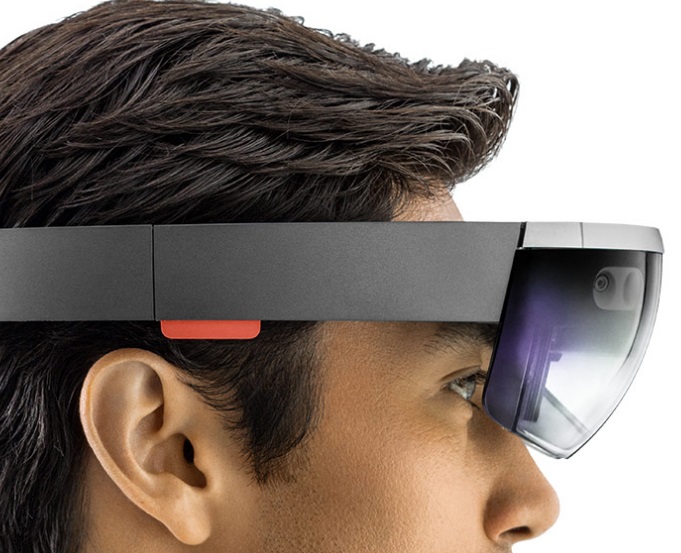Microsoft adds more firepower to its HoloLens team

Microsoft is adding some new key members to its HoloLens/mixed-reality team.

Microsoft Principal Researcher Jamie Shotton announced on Twitter on Sept. 22 that he is joining the HoloLens team and working on a new Cambridge UK computer vision research team "to help make the best #MixedReality platform even more amazing".
Shotton has been leading the Machine Intelligence and Perception group at Microsoft Research Cambridge, according to his MSR biography. His research has been focused "at the intersection of computer vision, AI, machine learning and graphics, with particular emphasis on systems that allow people to interact naturally with computers".
Among the projects with which Shotton is affiliated are Project Malmo, an AI experimentation platform built on top of Minecraft, and SemanticPaint, a 3D-labeling and learning effort.
On Wednesday, Polygon reported that well-known virtual reality researcher Mark Bolas has joined Microsoft, as well. Bolas will be part of the HoloLens team.
Polygon called Bolas "one of the most influential people in virtual reality". He was recently a researcher and professor at the University of California and directed the Mixed Reality Lab and Studio. He also has acted as a mentor to the creator of the Oculus Rift and the team behind VR shooter Raw Data, according to Polygon.
Microsoft is working to add mixed-reality platform support to Windows 10 so that OEMs will have the option of using it to power their devices. Microsoft will be sharing more specifics about its efforts in this area in December at its WinHEC conference.
Microsoft is hoping its hardware partners will adapt the Windows Holographic platform so that virtual reality devices will be able to incorporate real-world objects and augmented reality devices will incorporate holograms. Microsoft is pitching Windows Holographic as a way to get different AR/VR/mixed-reality devices to be able to communicate cross-platform as the market matures.